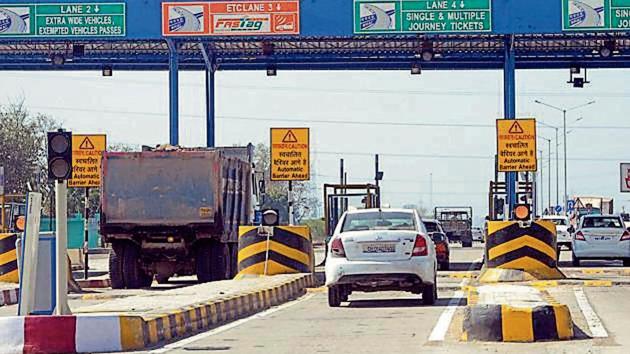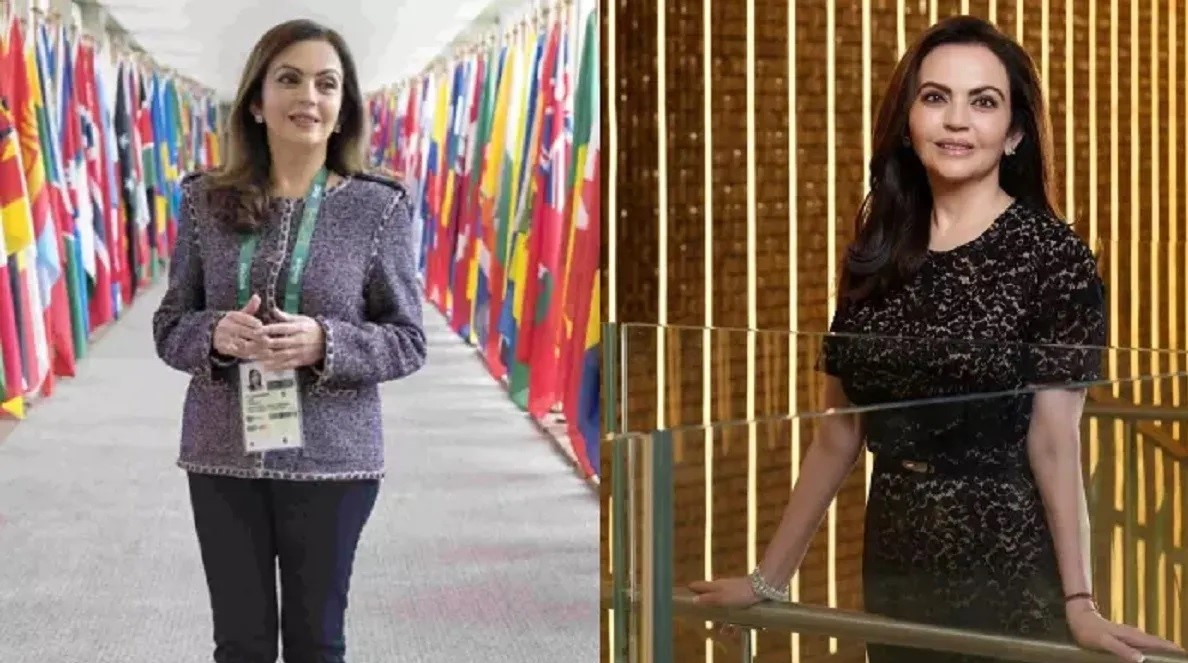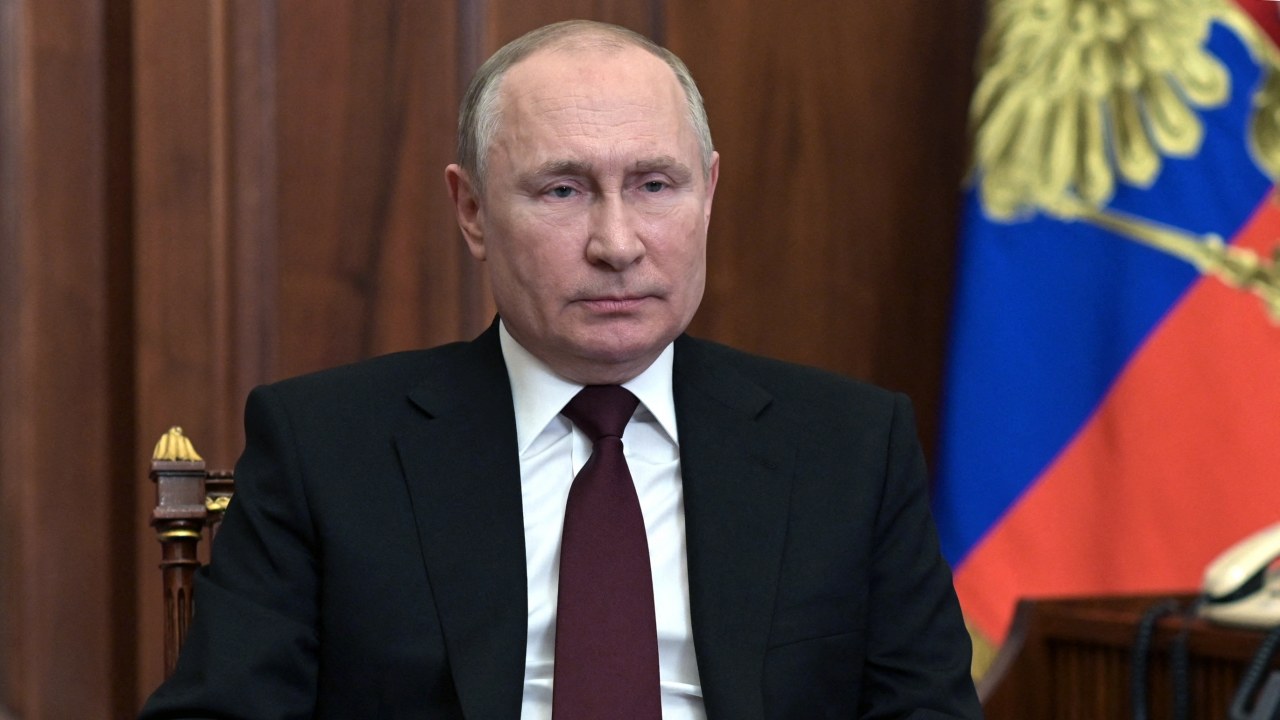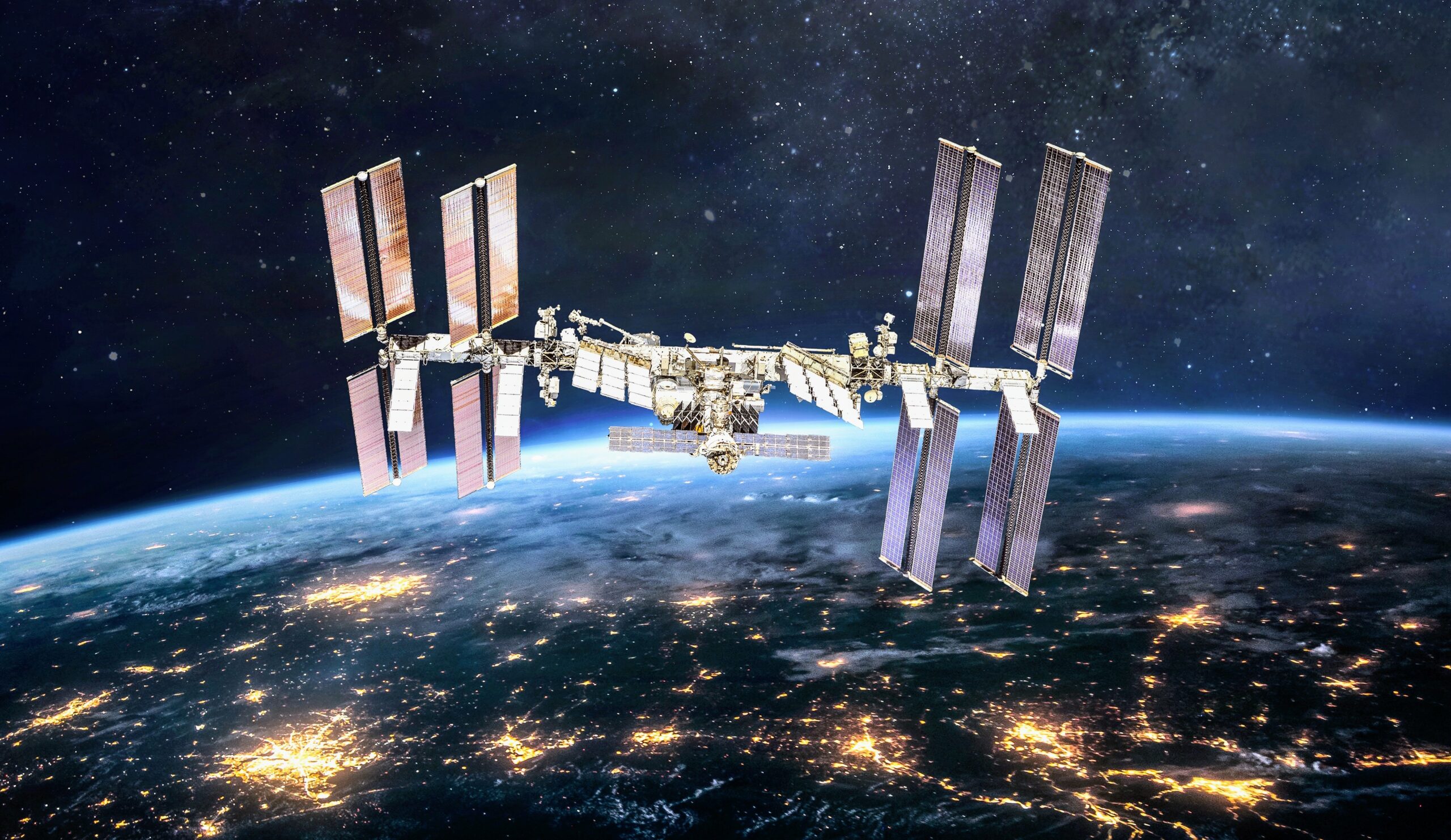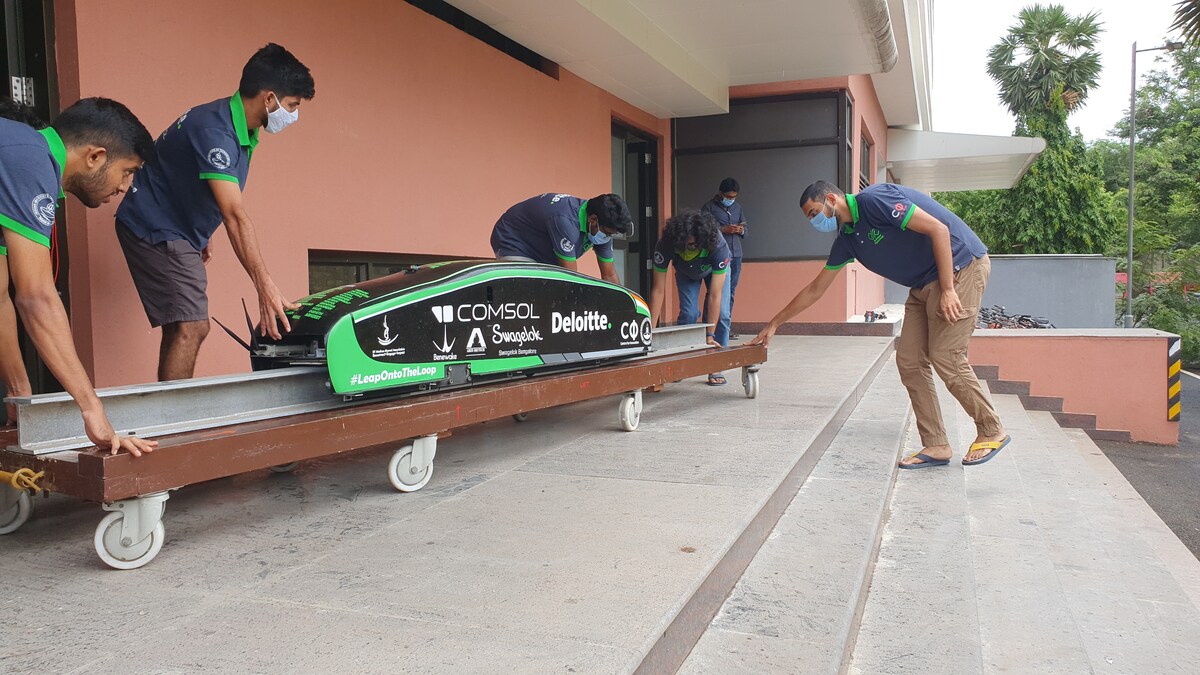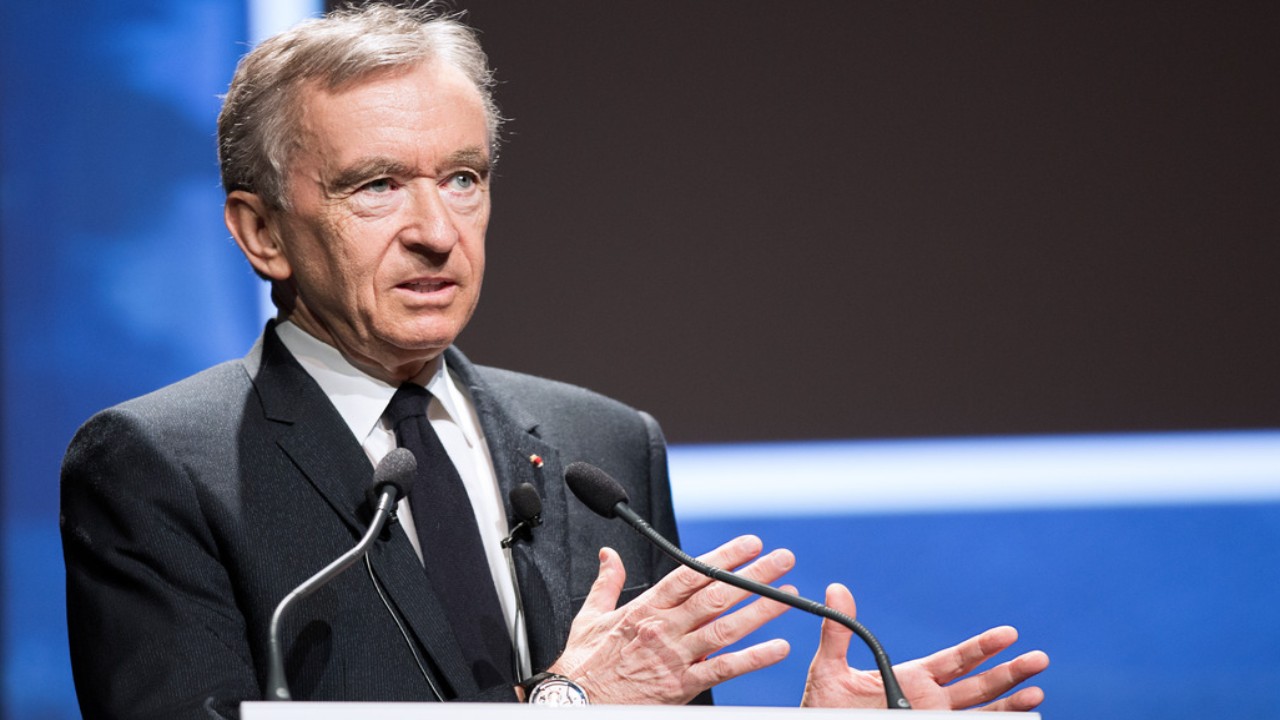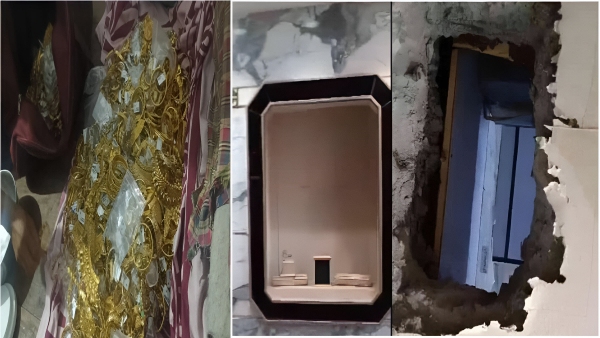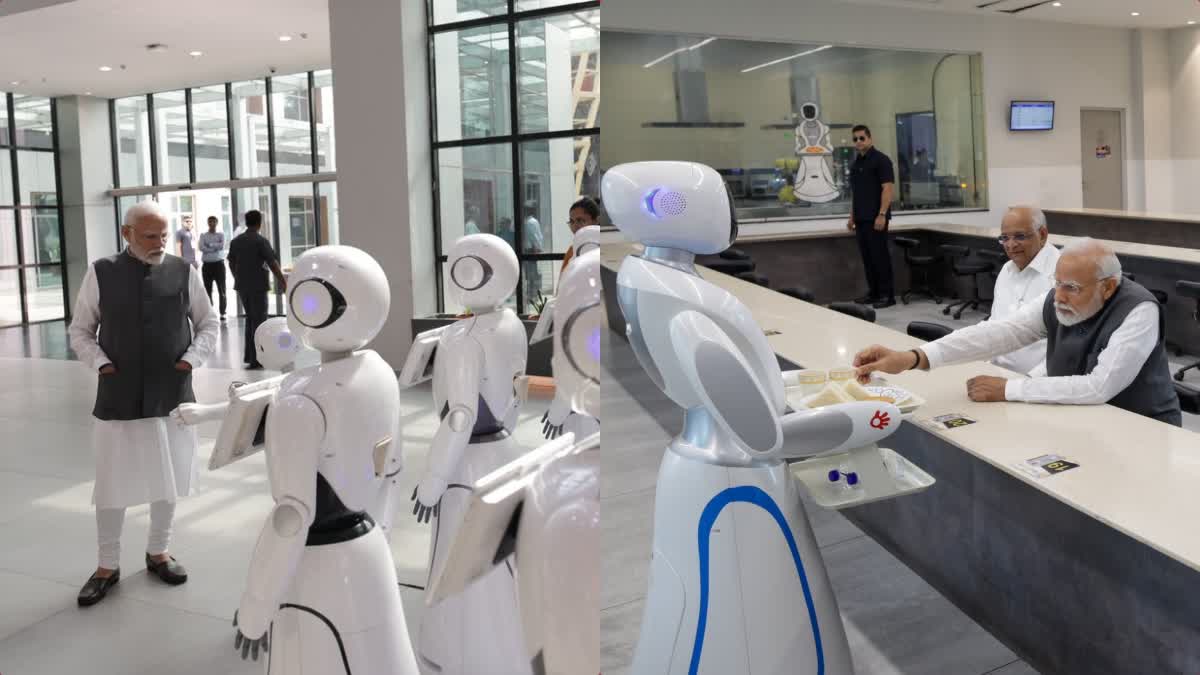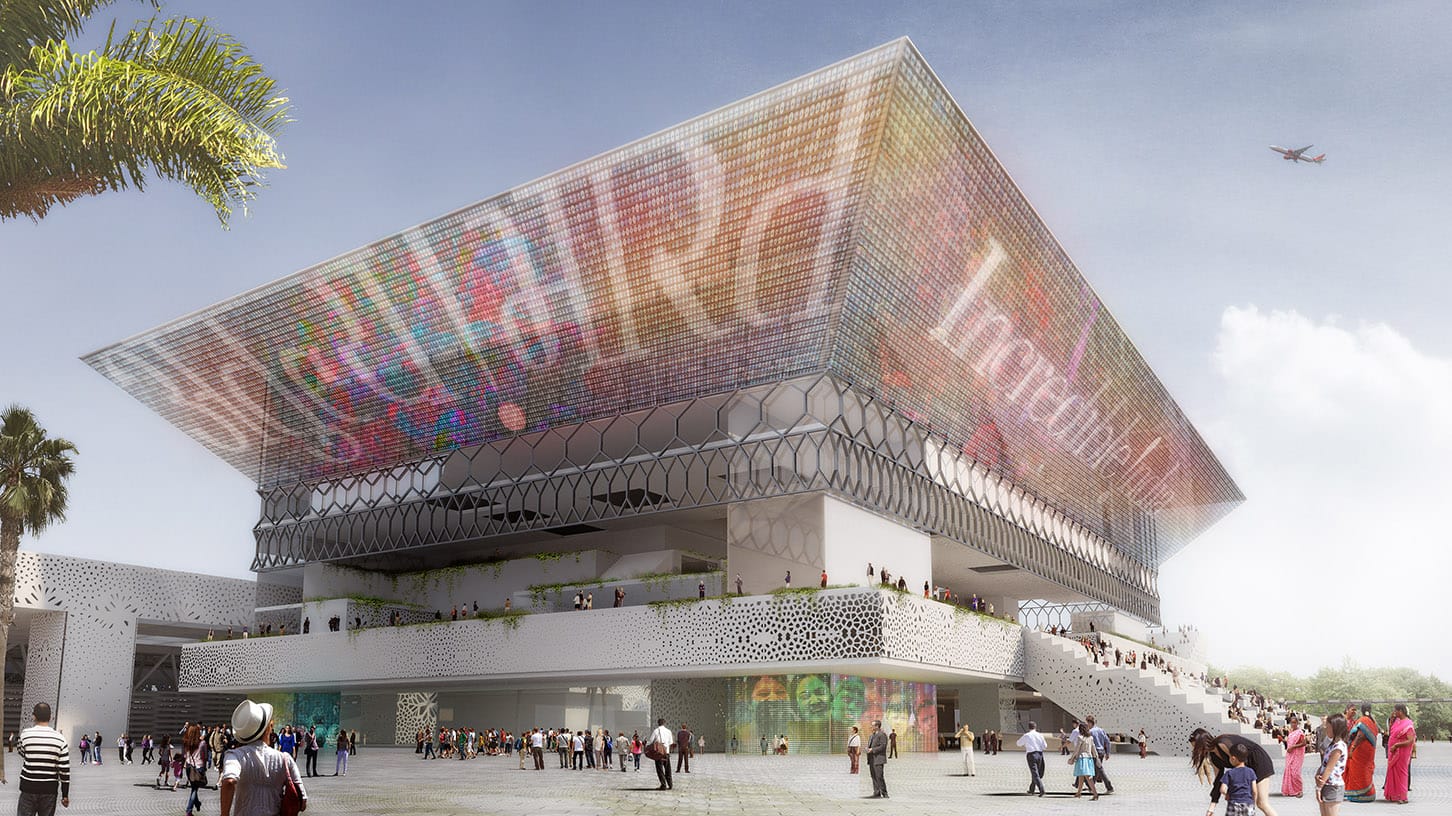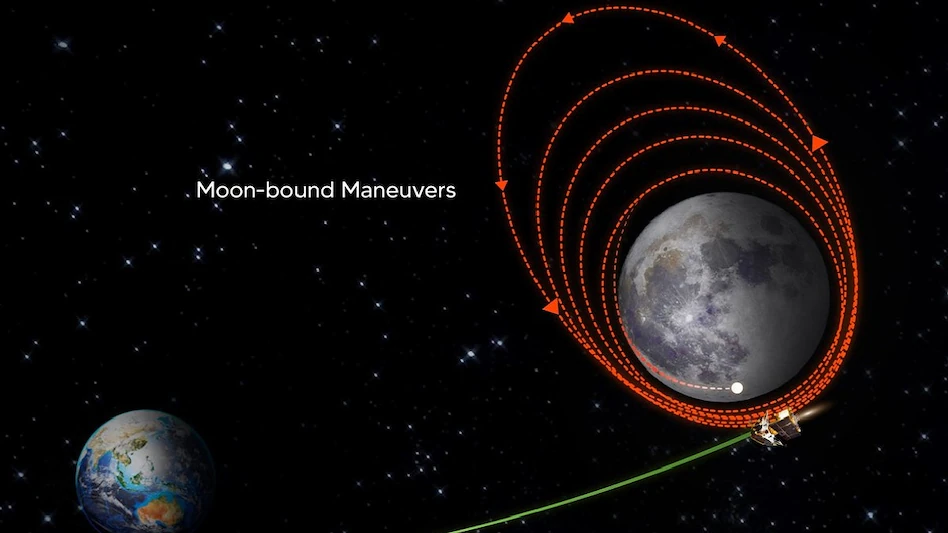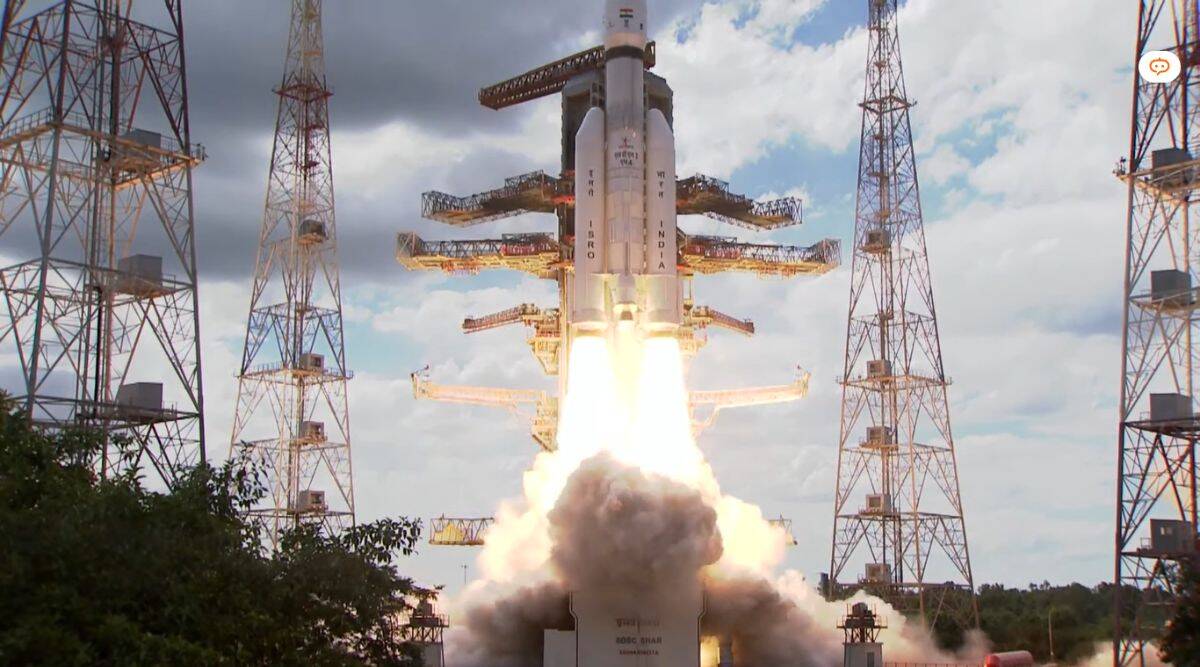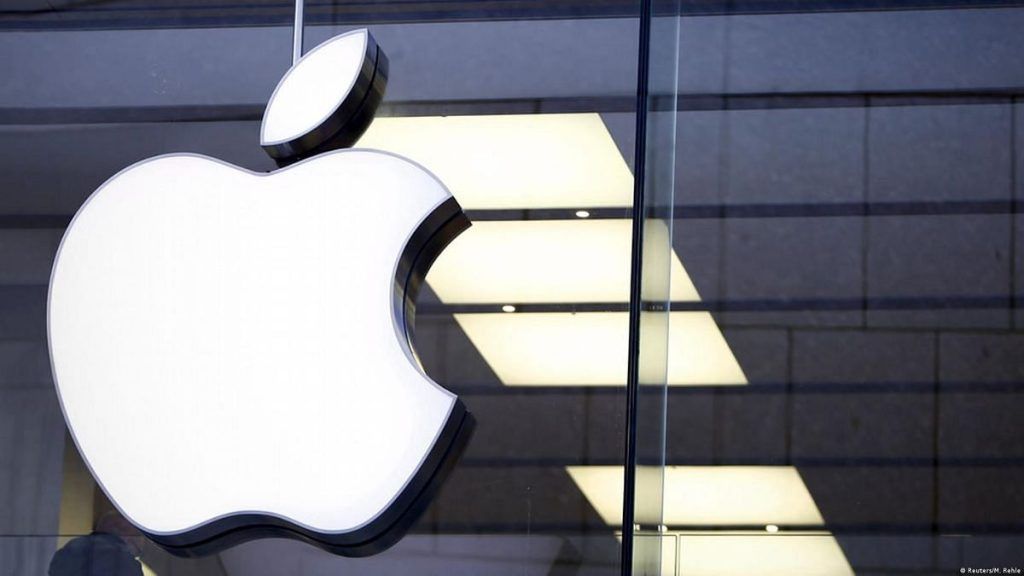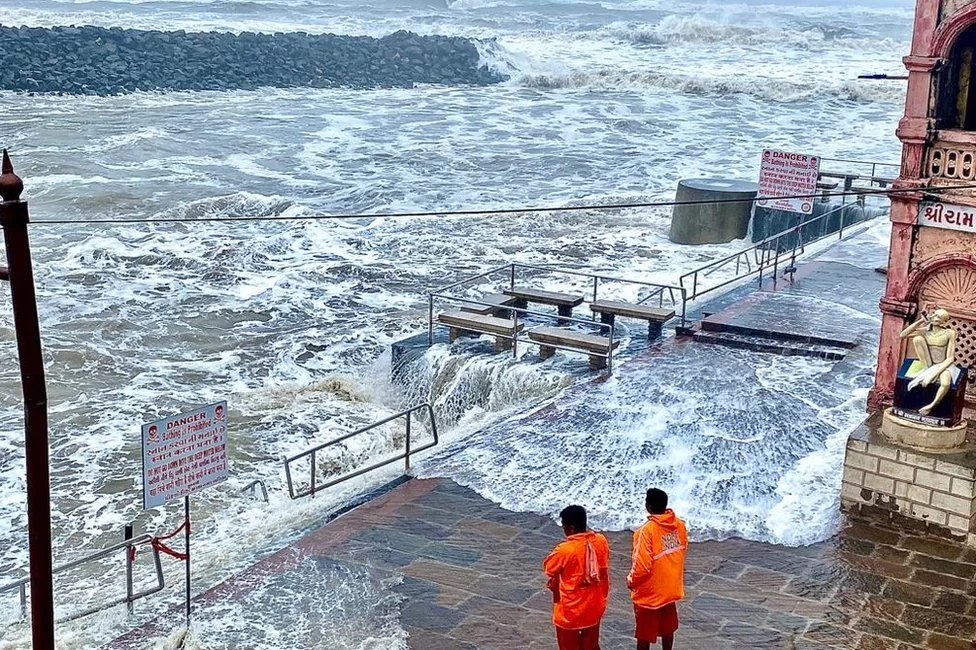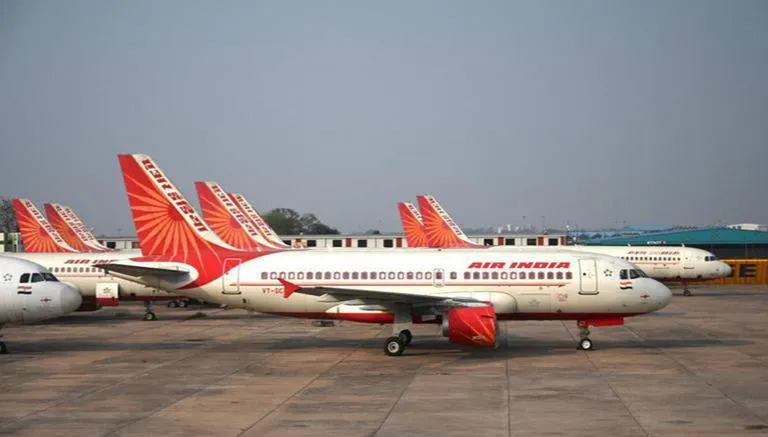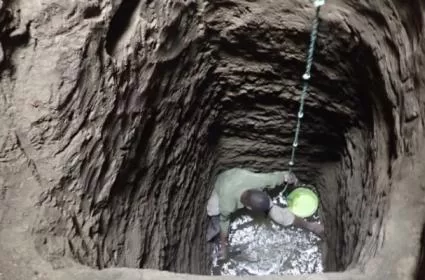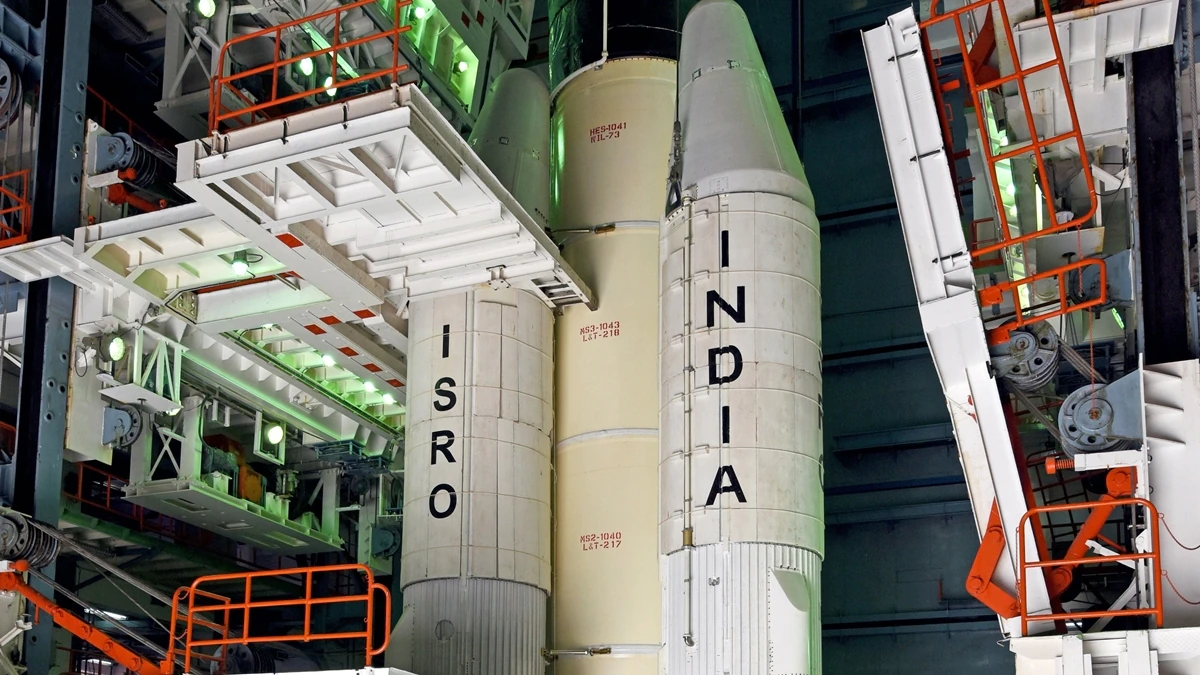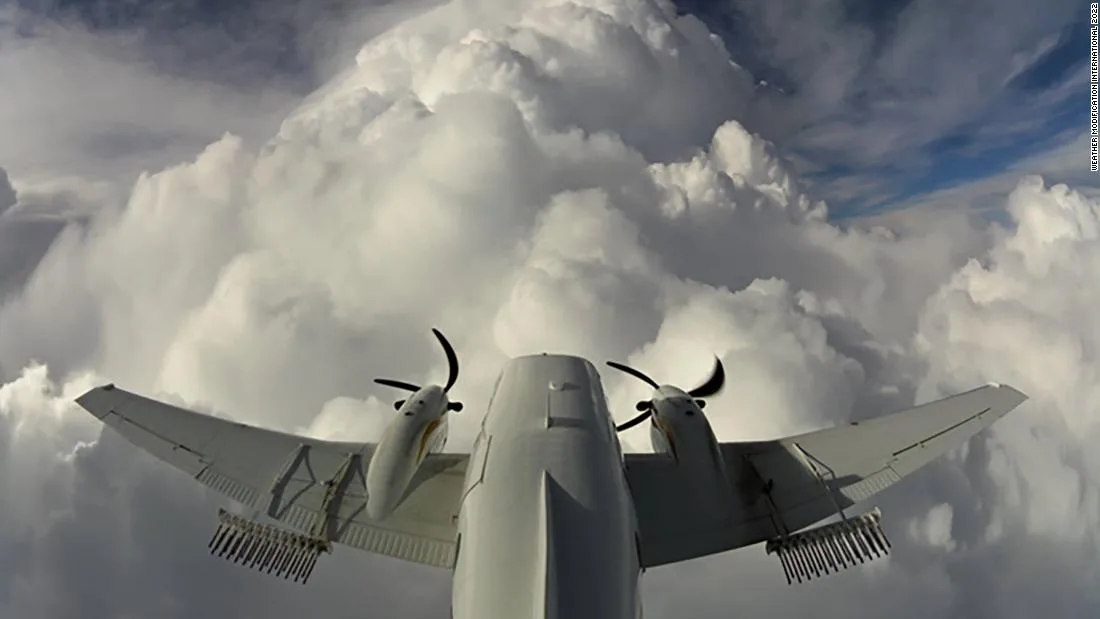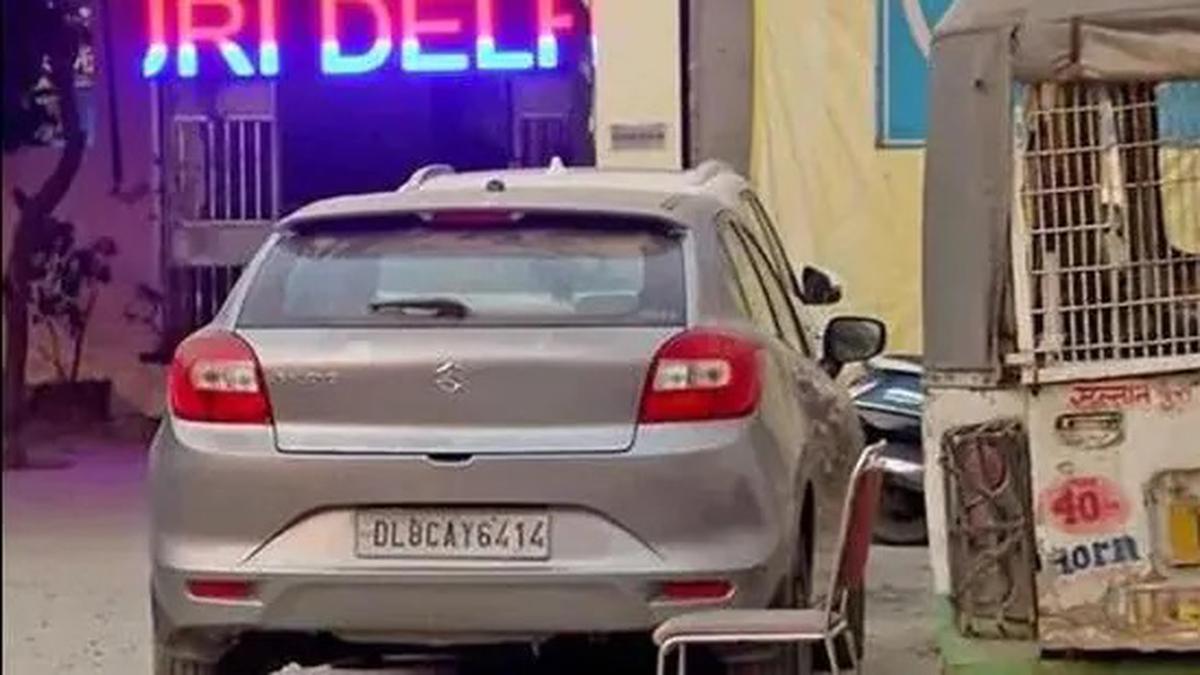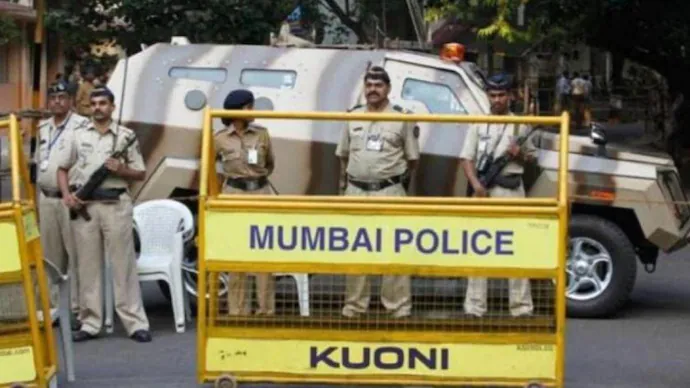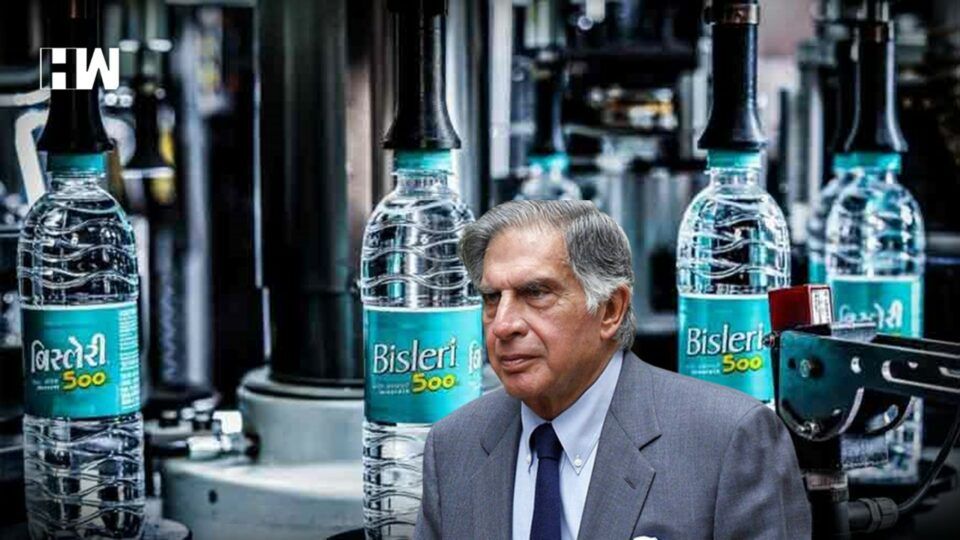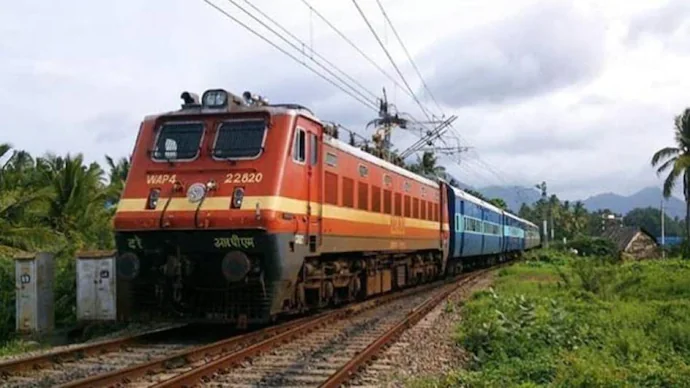
Future Indian space projects like the “Bharatiya Antariksh Station,” an Indian space station, will benefit from the NGLV.
The next generation launch vehicle (NGLV) has been approved for construction by the Union Cabinet, led by Prime Minister Narendra Modi, in an effort to transform the Indian space industry. Future Indian space projects like the “Bharatiya Antariksh Station,” an Indian space station, and the long-term lunar mission scheduled for 2040 will also benefit from the NGLV.
The NGLV will significantly increase payload carrying capacity; compared to the current LVM3 vehicle, it can carry three times as much weight. Moreover, the cost of the NGLV will only be 1.5 times that of the current vehicle. In order to provide space launch services at a comparatively cheaper cost and in the most environmentally friendly manner possible, the NGLV would also have modular green propulsion systems and reusable product components.
With a first stage reusable, the NGLV will be constructed with a maximum gross lifter vehicle capacity of 30 tons to reach low Earth orbit.

This is an upgrade over India’s current capability, which entails employing PSLV, GSLV, LVM3, and SSLV launch vehicles to send up to 10 tonne satellites to low-Earth orbit (LEO) and 4 tonne satellites to geostationary orbit (GTO).
In contrast to some other nations, the NGLV development project will, however, be implemented with the fullest possible participation from the Indian industry and, from the outset, the highest possible investment in manufacturing capacity to ensure a seamless transition from the development phase to the actual implementation phase.
Three development flights—D1, D2, and D3—that take a total of 96 months or eight years to complete the development phase will serve as additional examples of NGLV. Three flights, totaling Rs 8,240 crore, will be conducted as part of the NGLV development phase’s demonstration phase over the course of the following eight years. The formative, proof flight, standard accommodation and control, campaign management, and take-off costs will all be covered by this financing.


































